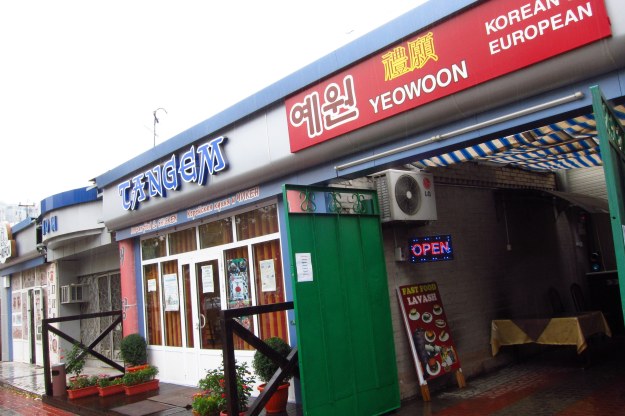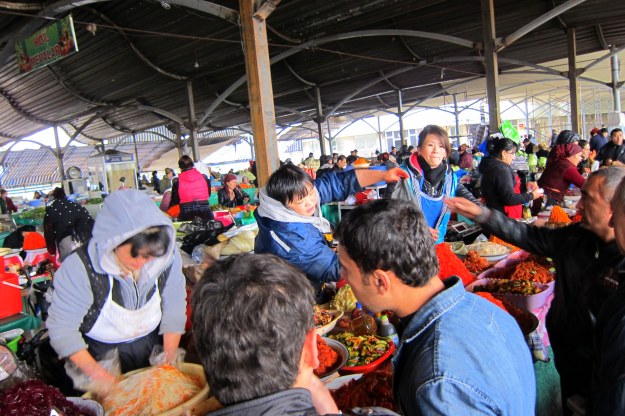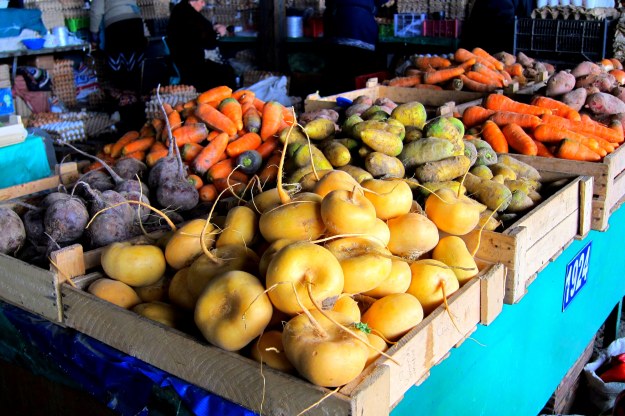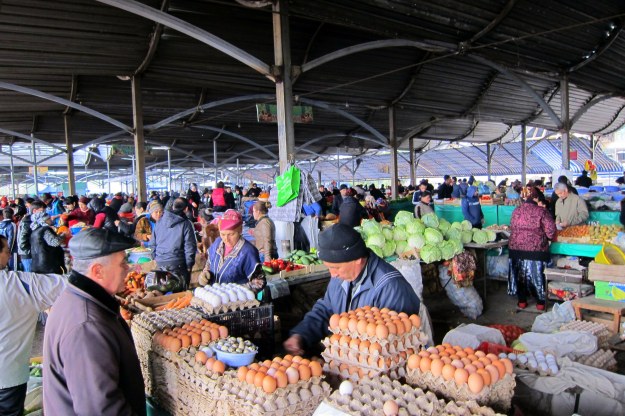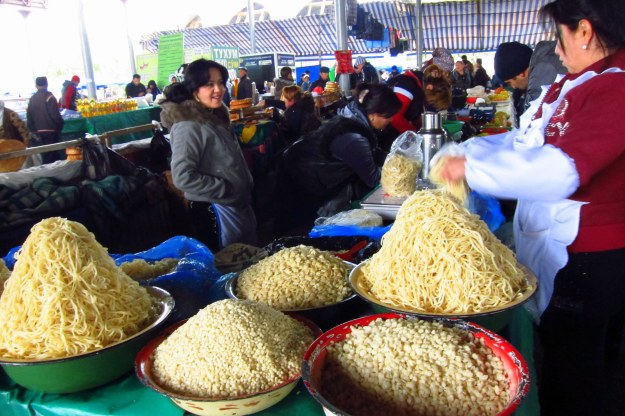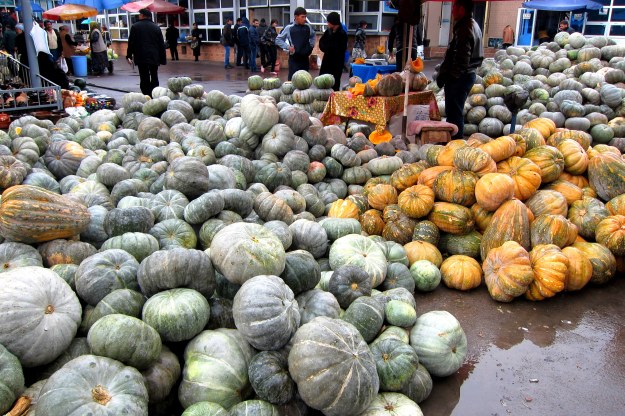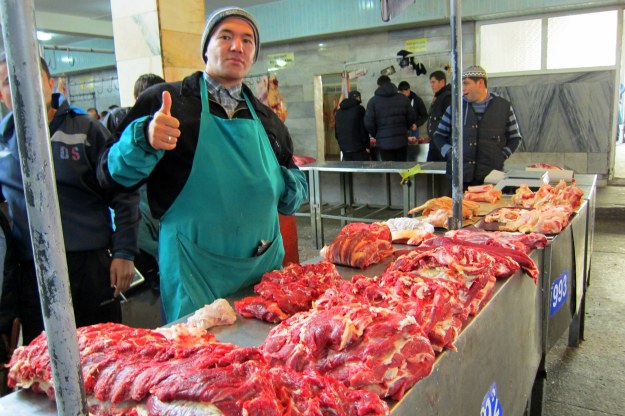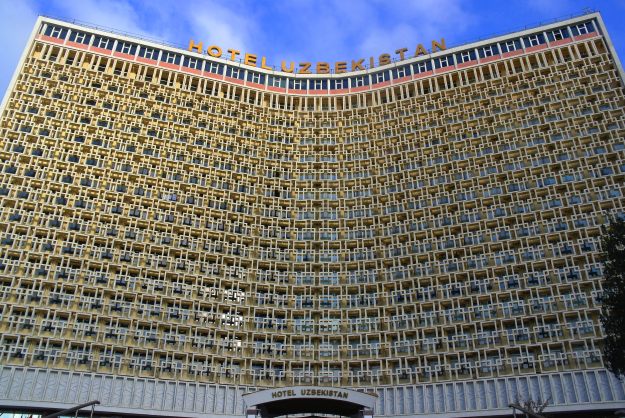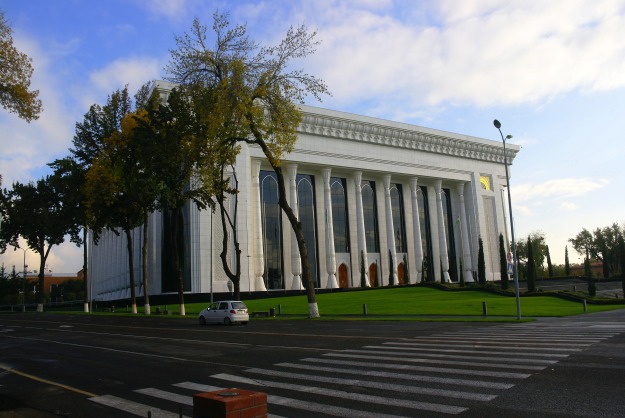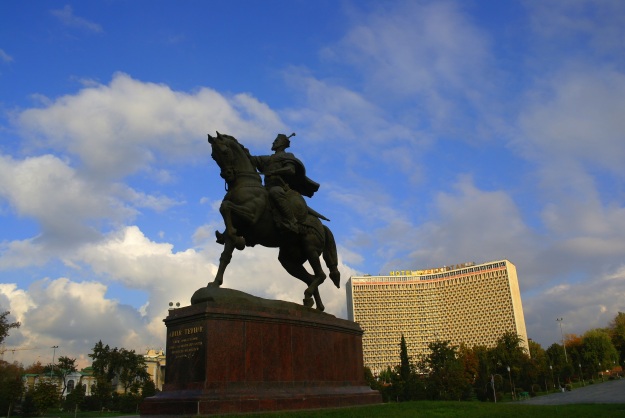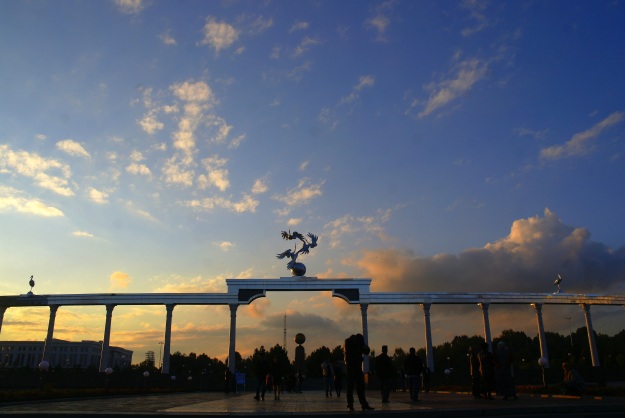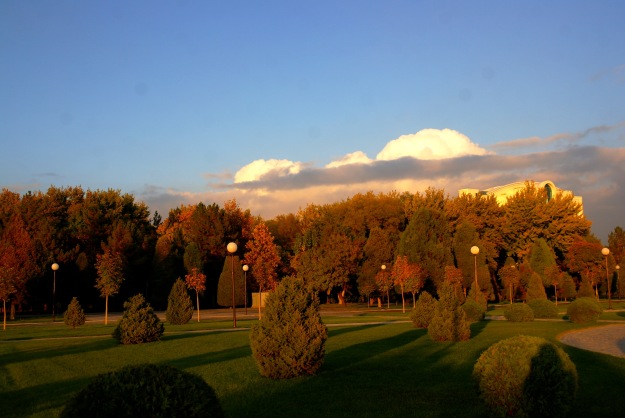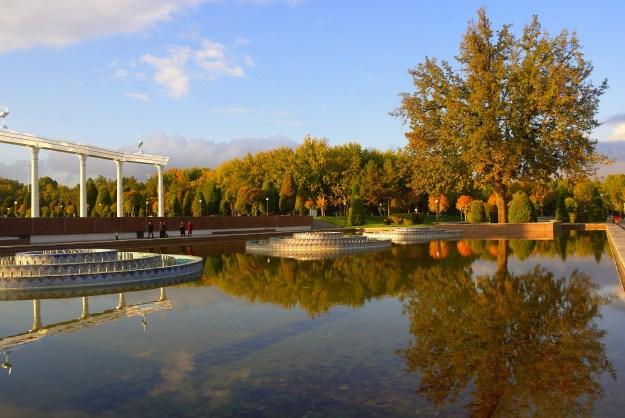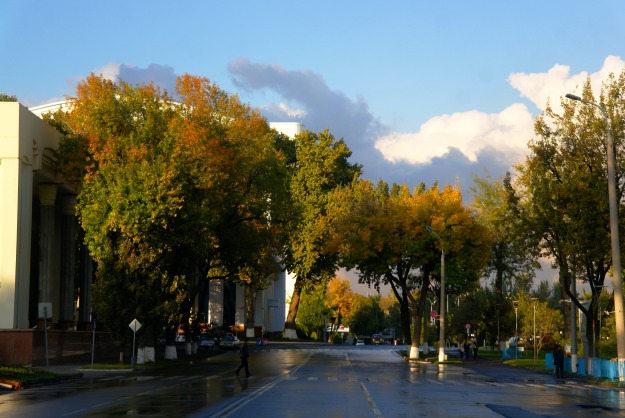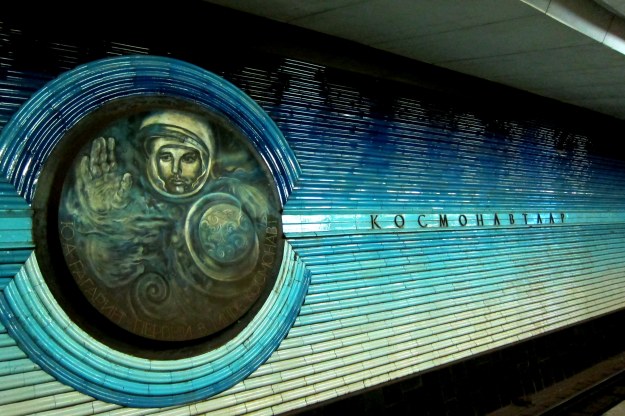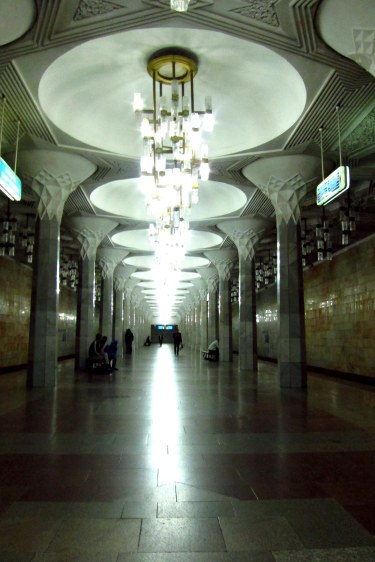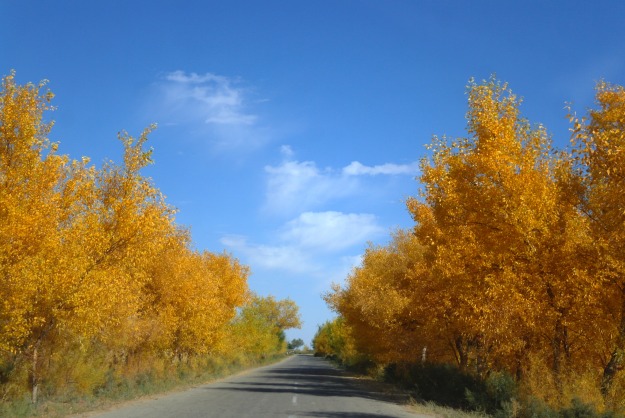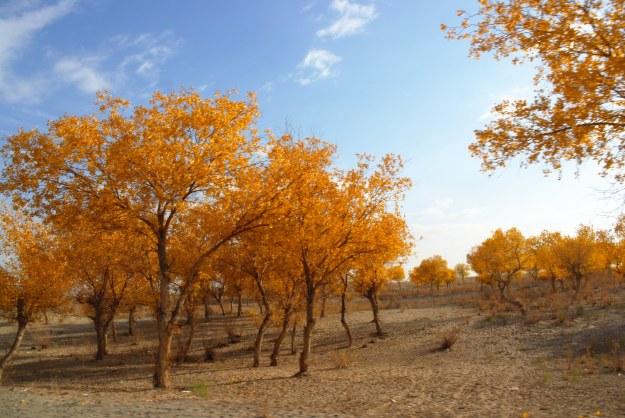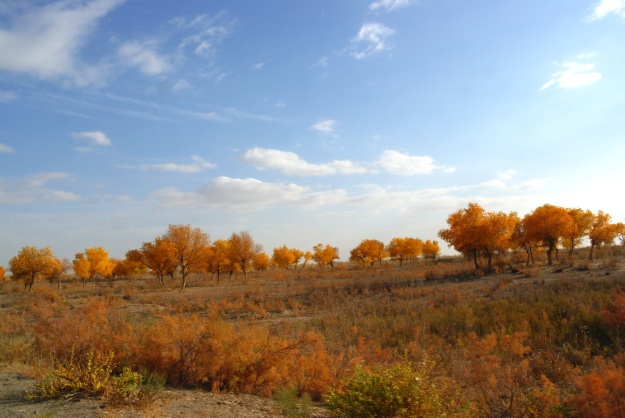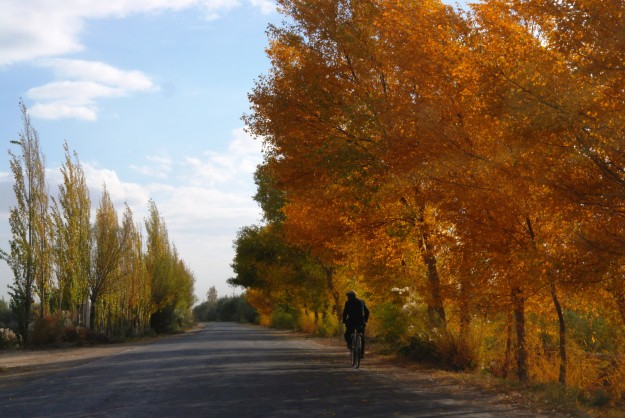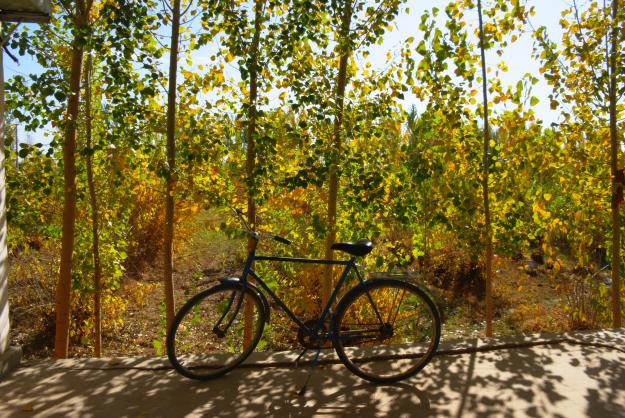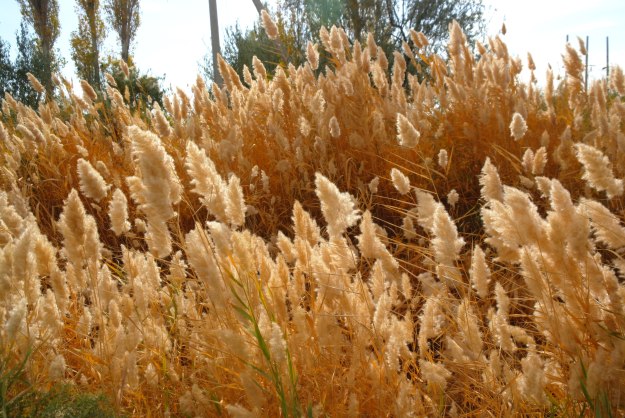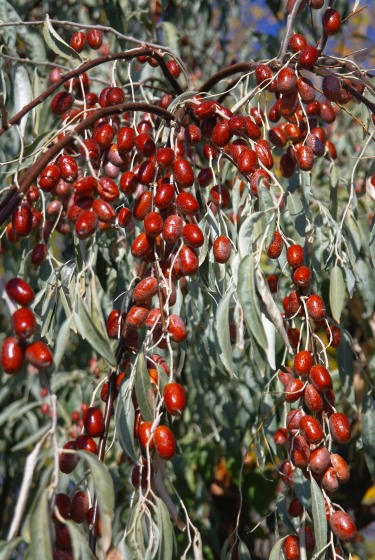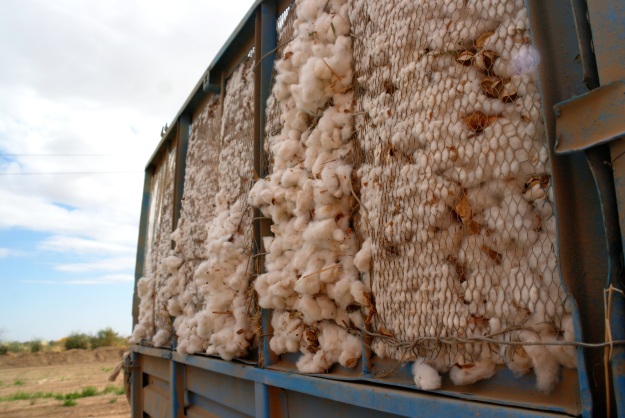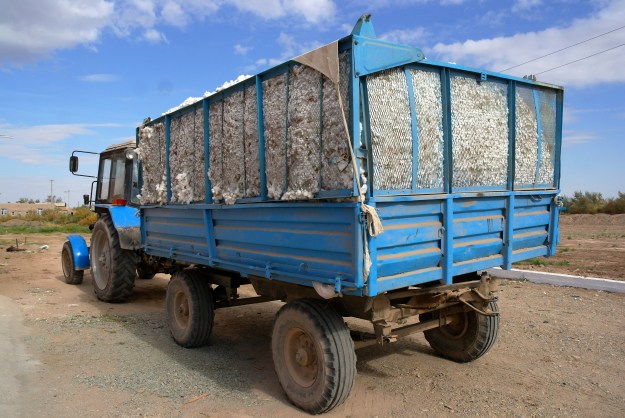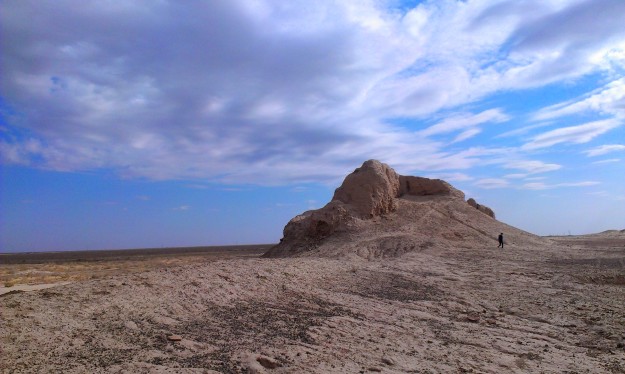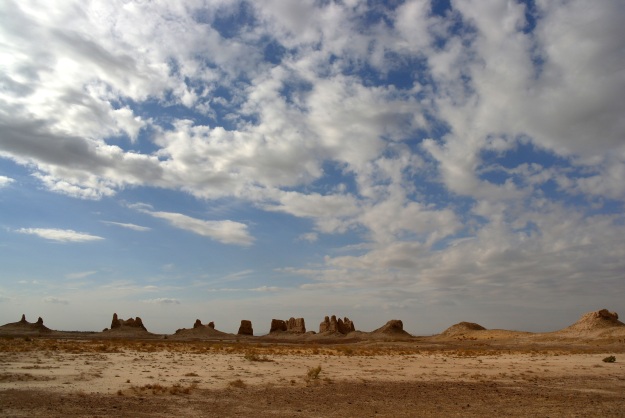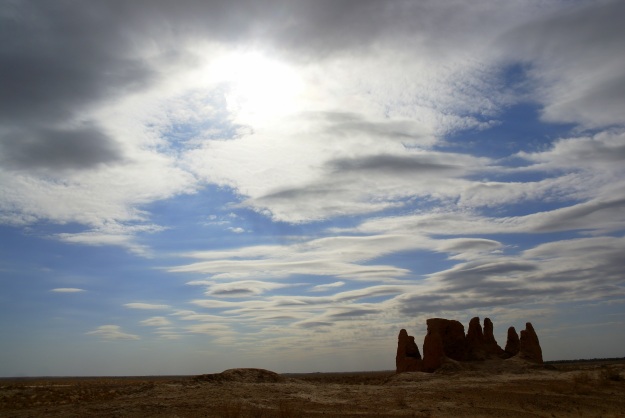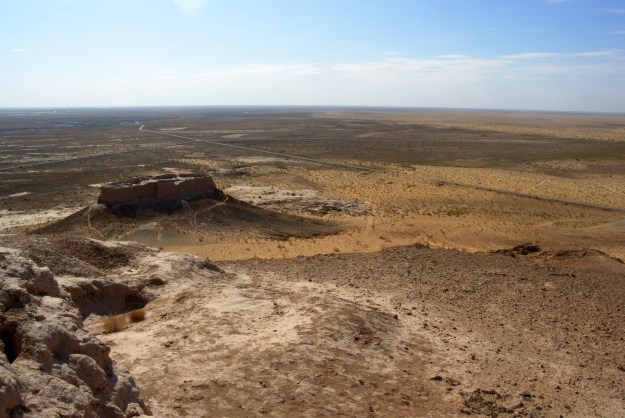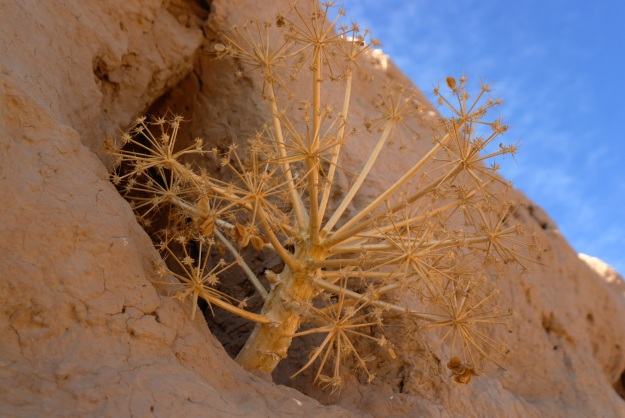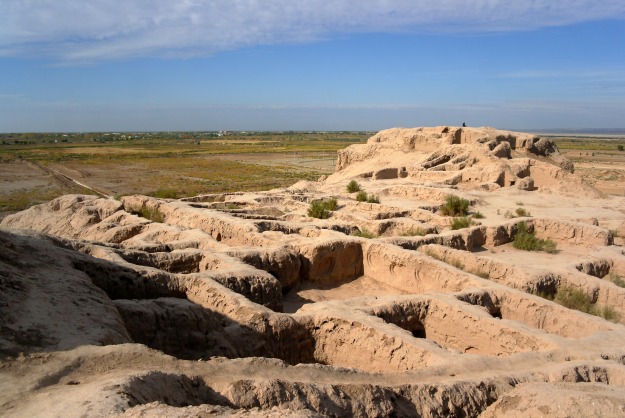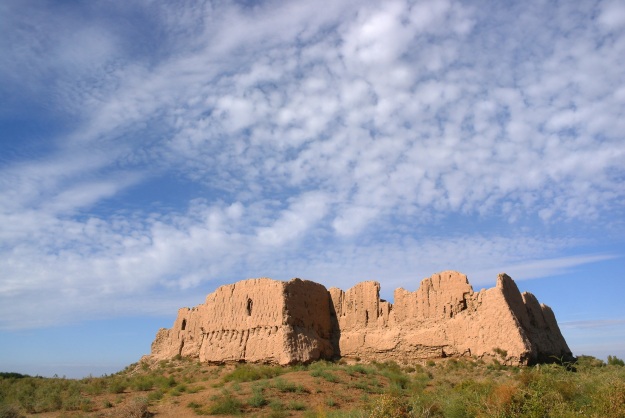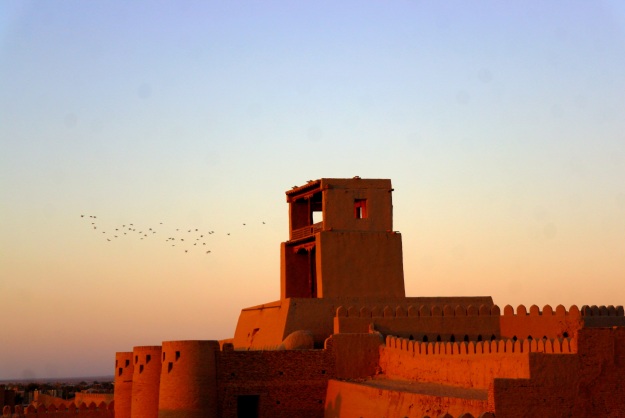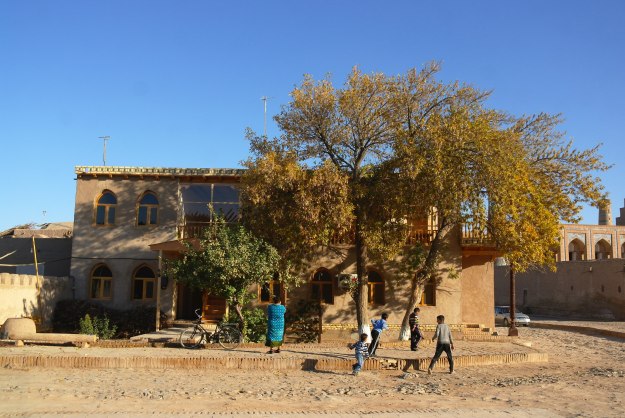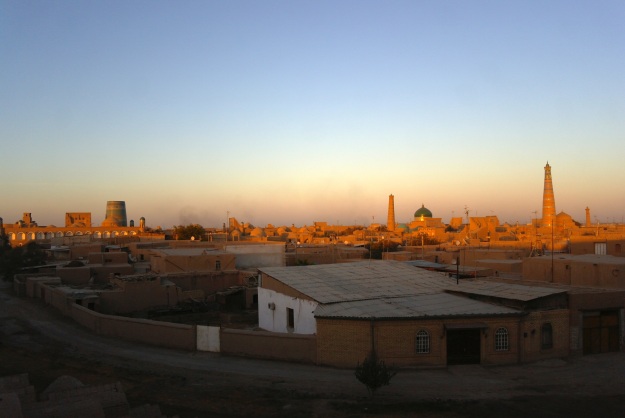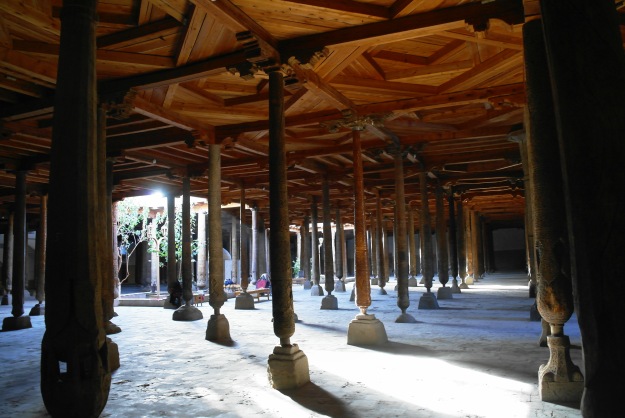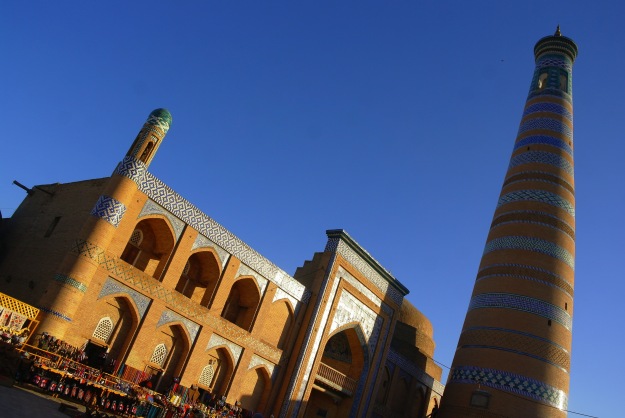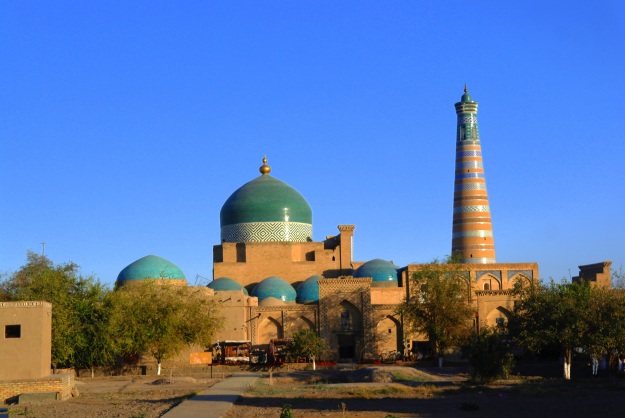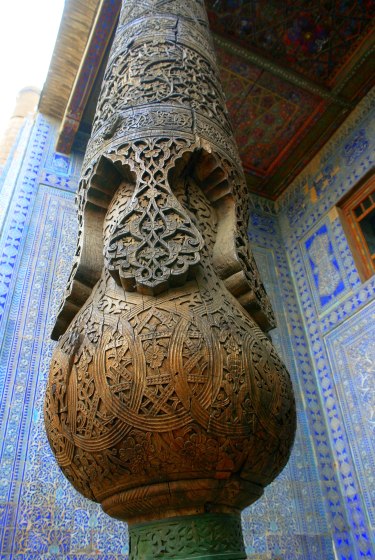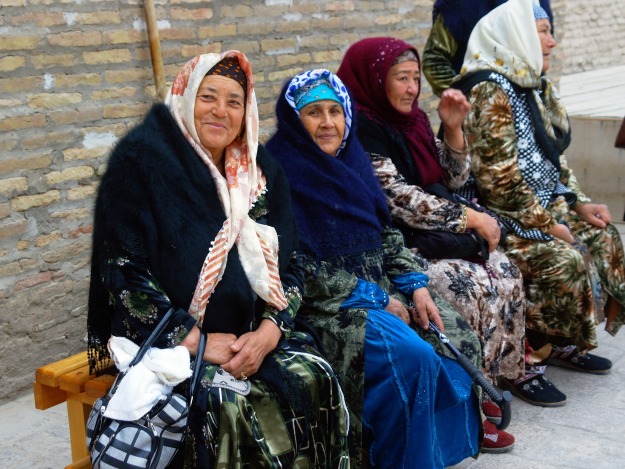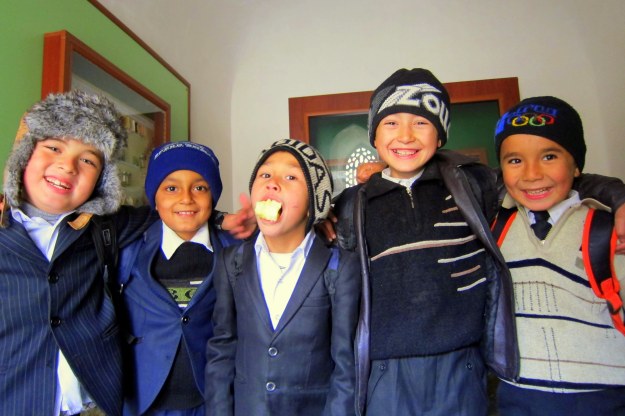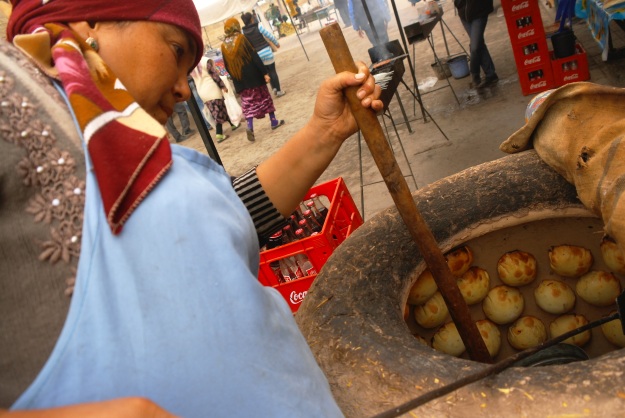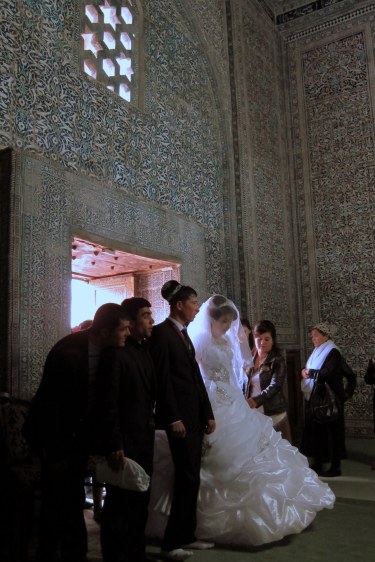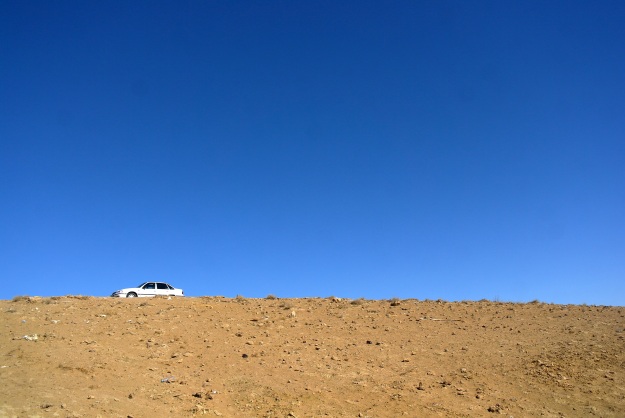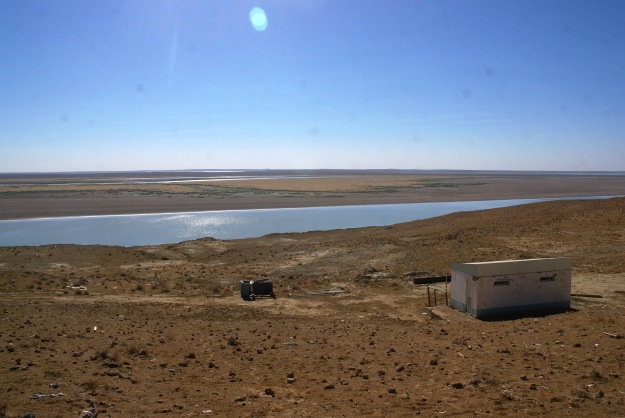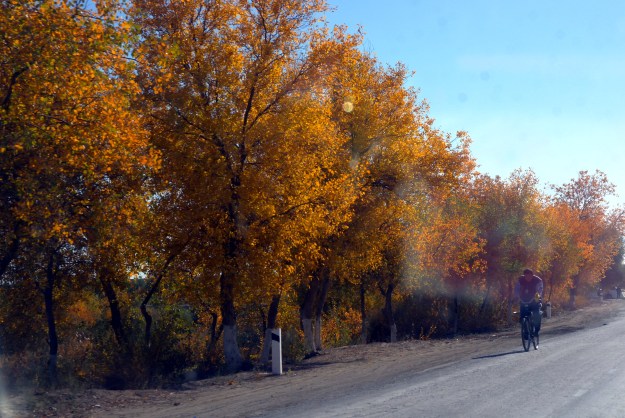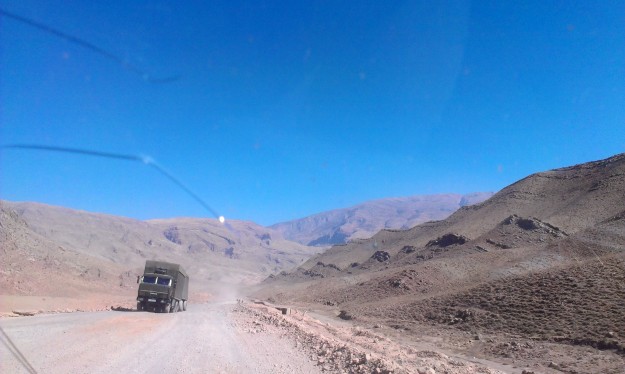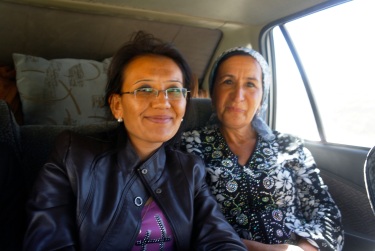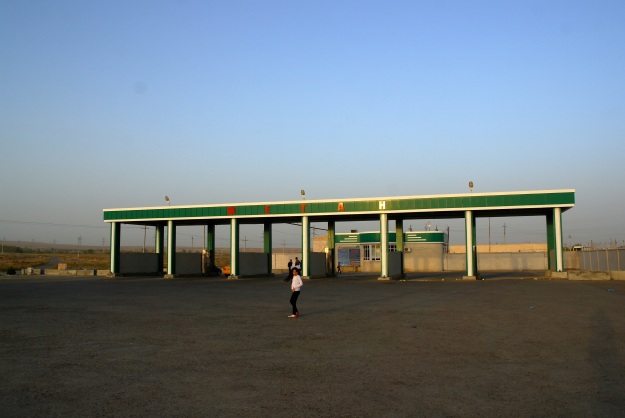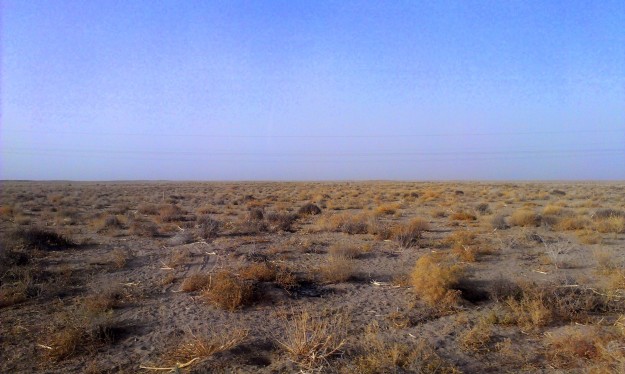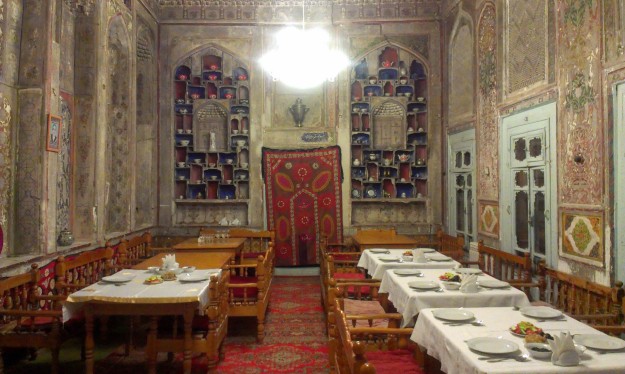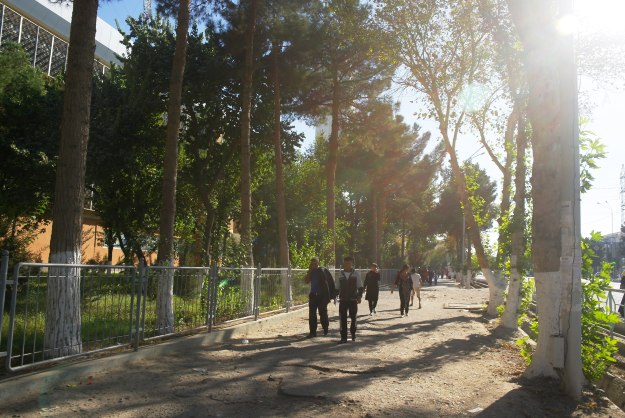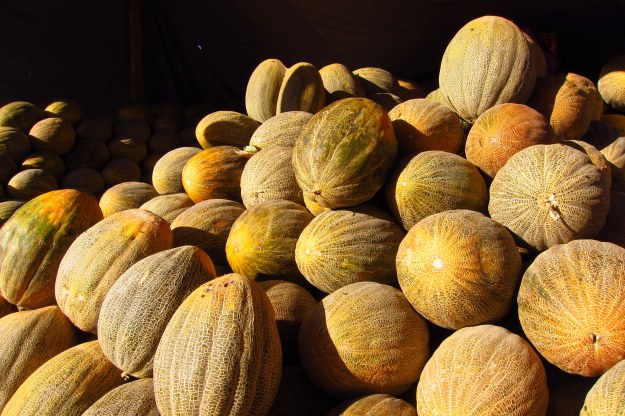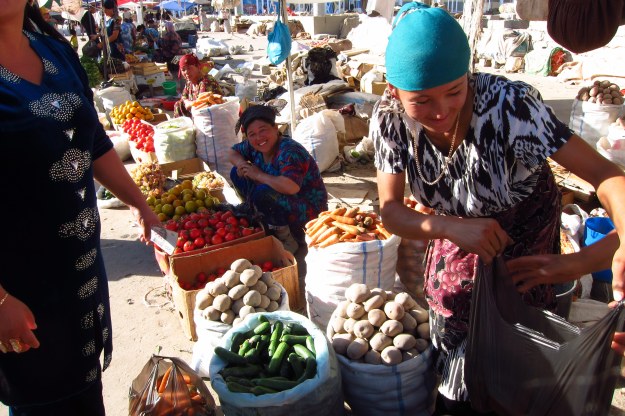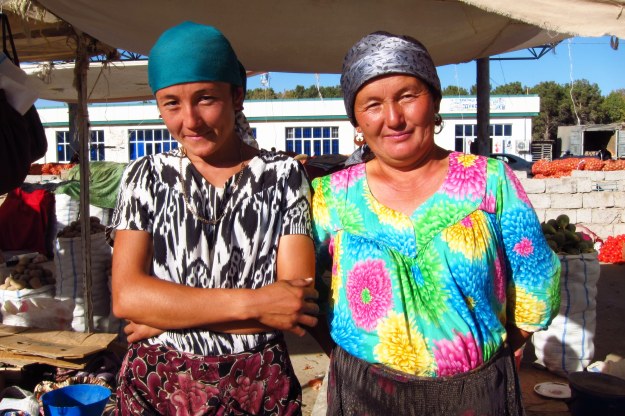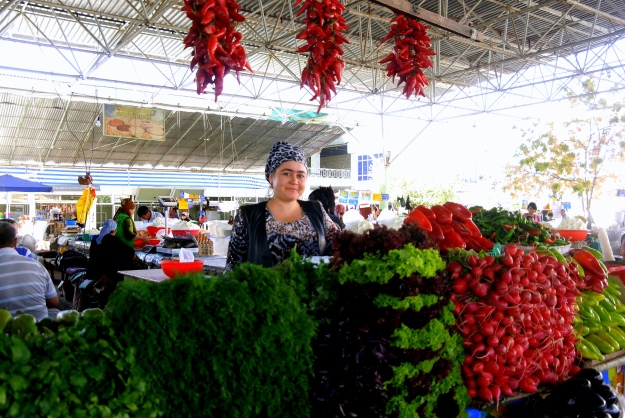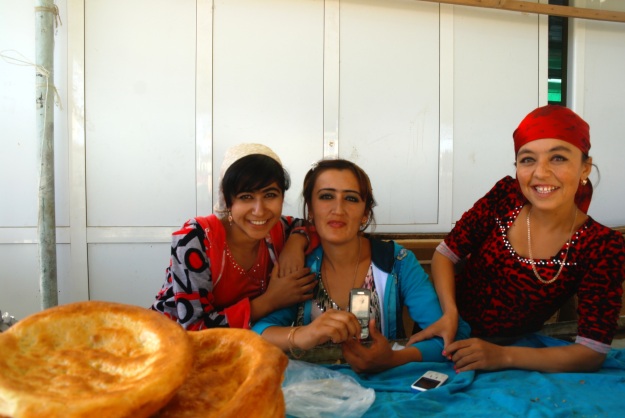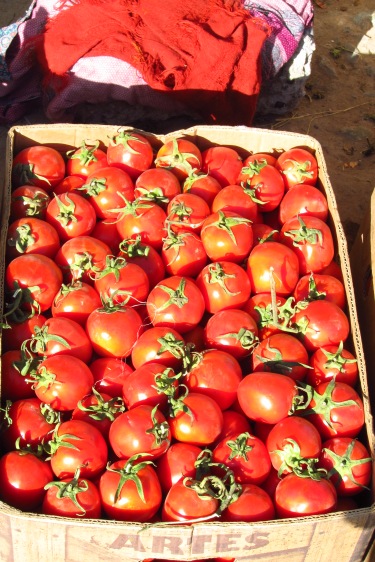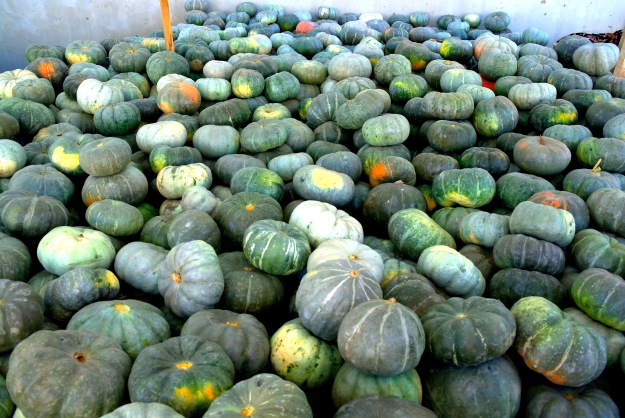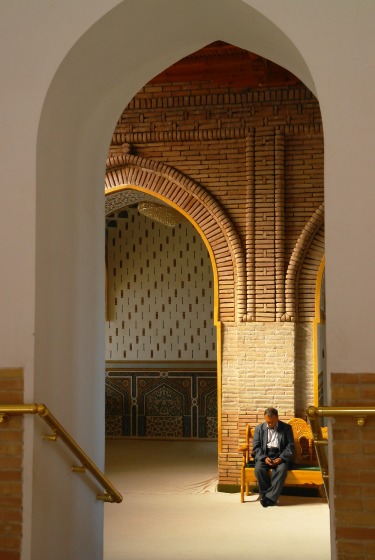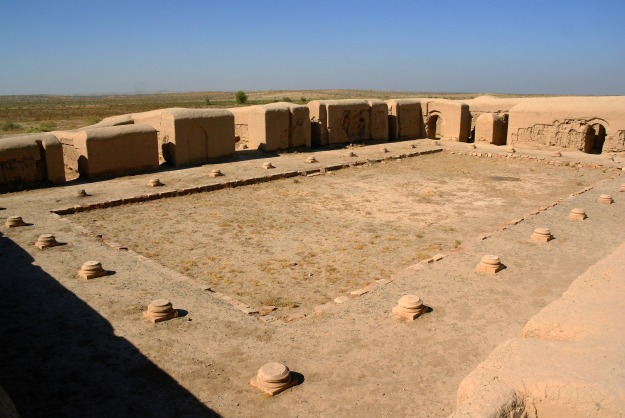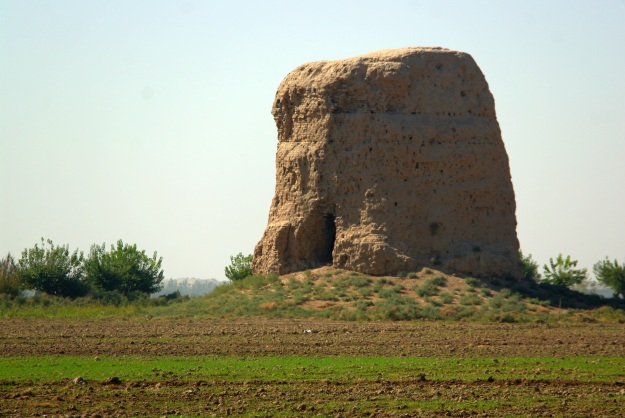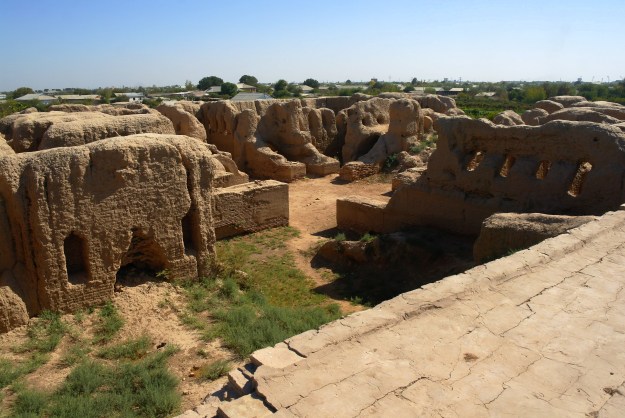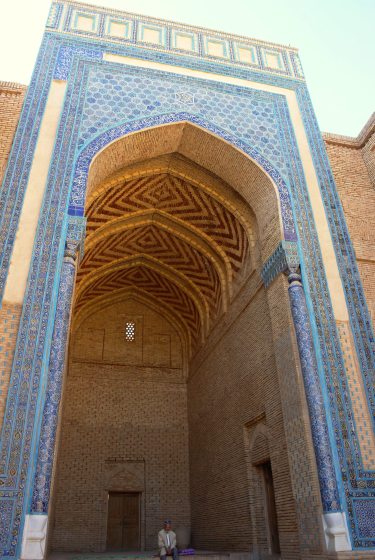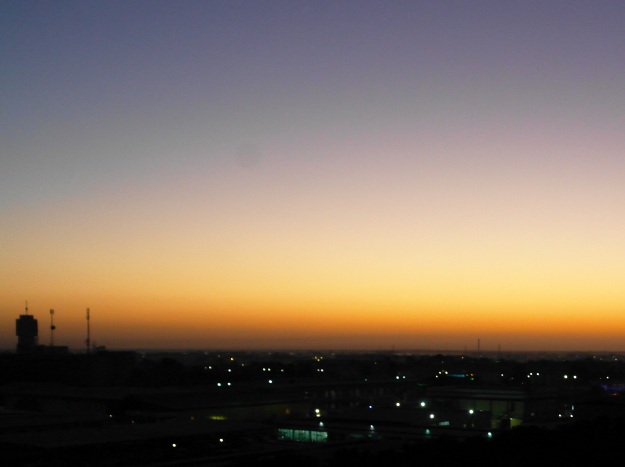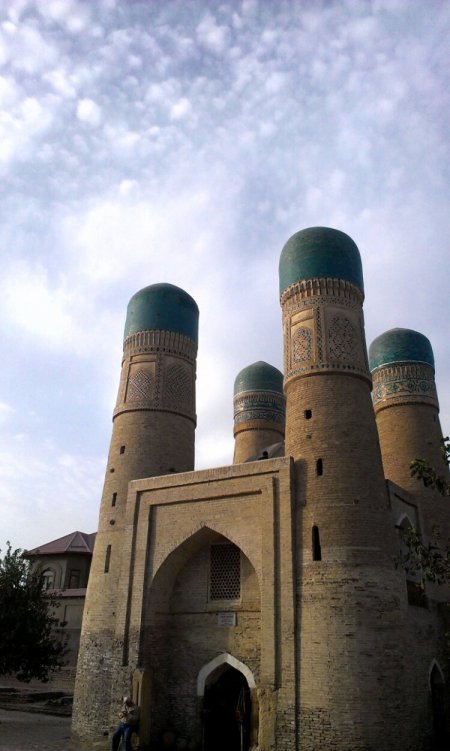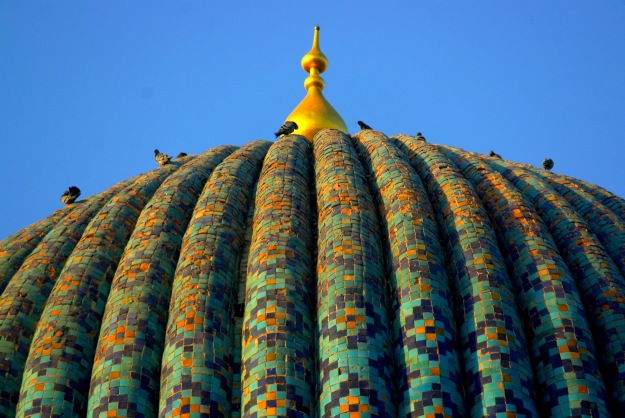
Gur-Emir Mausoleum. Said to be the mausoleum of Amir Timur (aka Tamerlane) and family members.
As I was posting my travel journals on this blog, I was fully aware that nothing so far has been posted about Samarkand – for which I blame on my slow start to diarising this trip. Could any trip to Uzbekistan not include Samarkand, a city with an almost mythological and romantic status in literature? Here’s an example:
We travel not for trafficking alone;
By hotter winds our fiery hearts are fanned:
For lust of knowing what should not be known
We make the Golden Journey to Samarkand– Golden Journey to Samarkand, by James Elroy Flecker
As I said before, travelling isn’t so much about seeing the places that you read about come to life, nor experiencing the words of others. Not that reading the words of others isn’t enjoyable in and of itself. Rather, travelling is a wholly separate activity. It is an interaction of the corporeal experience and one’s own accumulated sensibilities. Does present day Samarkand evoke the romance of the words ascribed to it by so many writers, some of whom have never even been? That is for you the traveller to say. Do Flecker’s words resonate with the sense of wanderlust that a reader might share? That is for you the reader to experience.
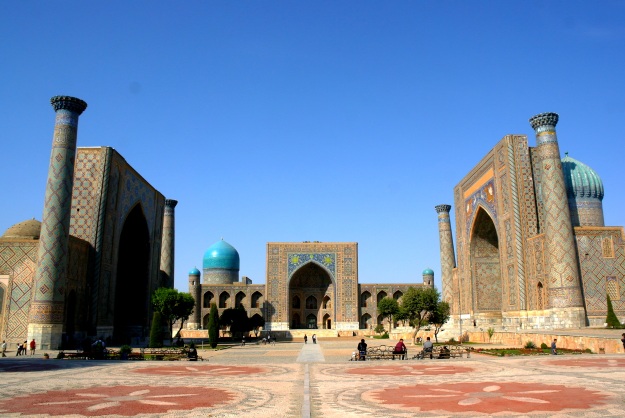
The Registan (meaning ‘sandy place’ which explains why the buildings are leaning), heart of ancient Samarkand during the Timurid era.
From left to right: Ulugh Beg Madrasah, Tilya-Kori Madrasah and Sher-Dor Madrasah.

Entrance of Sher-doh Madrassah, the Registan.
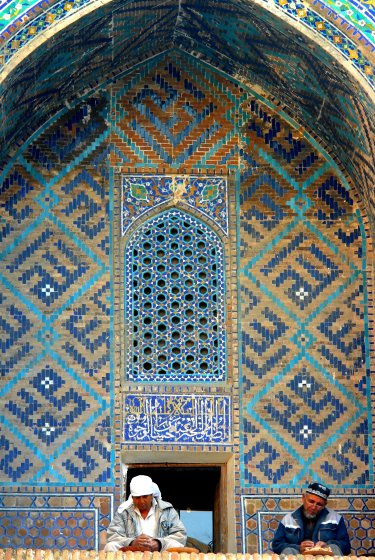
Restorers at one of the madrassahs at the Registan.
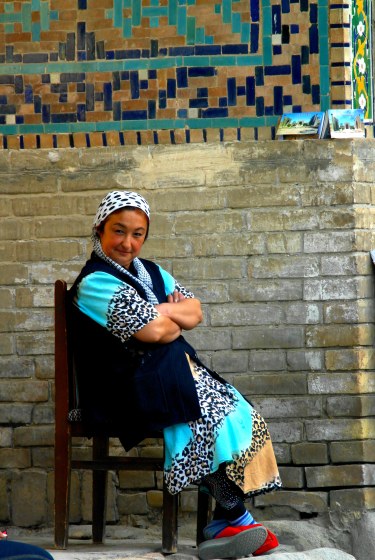
Even if I attempt to share my experience of Samarkand (or any destination for that matter) through photos, there are limitations. My friend JJ once said something to this effect: a photograph reveals as much of the photographed object as the photographer him/herself – I agree and would extend that to the edit and curation process. Photography is yet another activity in and of itself.
Some people have criticised Samarkand for being over-restored. But surely the restored parts of Samarkand is as much a legacy of its original builders and that of its contemporary restorers?
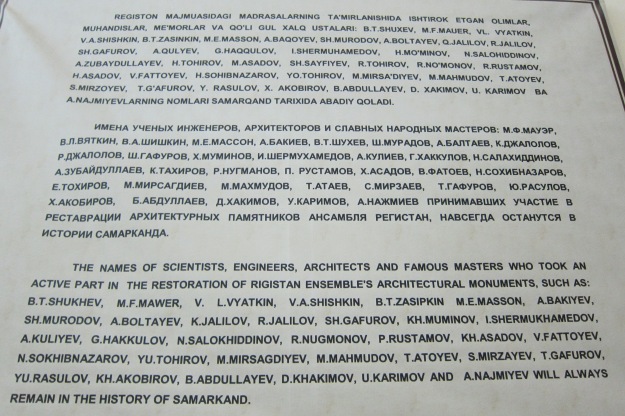
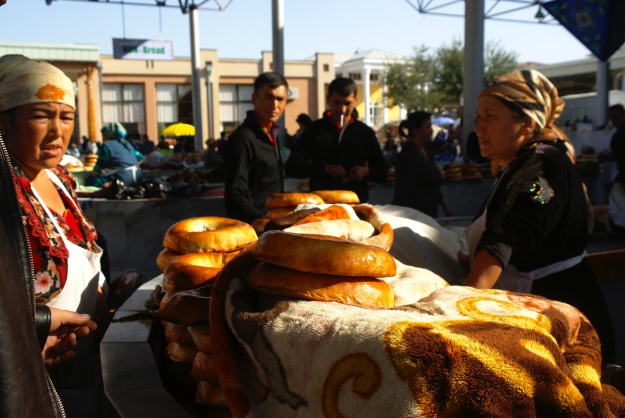
Samarkand non bread – l had several conversations later on in the trip on which region’s non bread tastes the best.
Siob Bazaar.
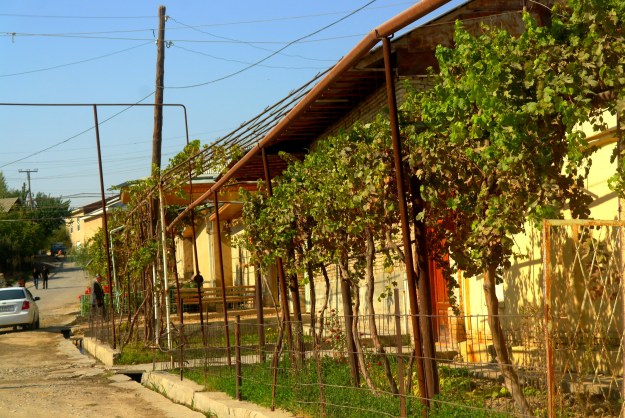
Grape vines line the verandahs of most homes, providing cool shade and added charm. In the outskirts of Samarkand.
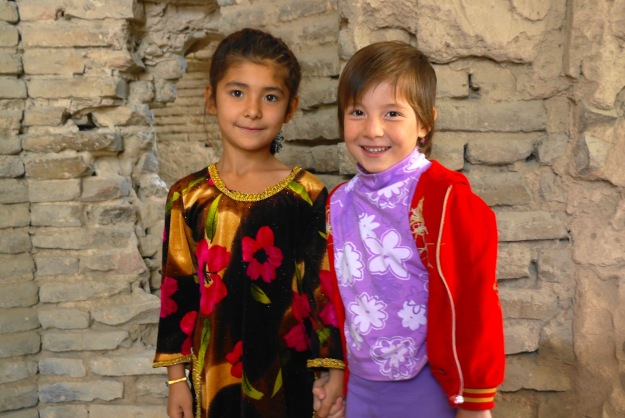
Look at the way these two little girls are holding their hands like best buddies – so sweet. At Ishratkhana Mausoleum, Samarkand.
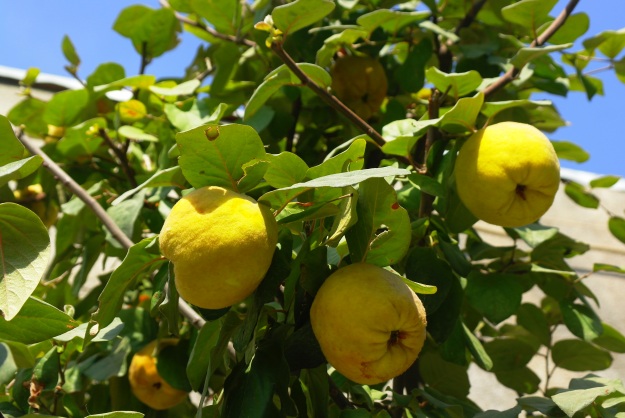
Pears in season. In the old town of Samarkand.
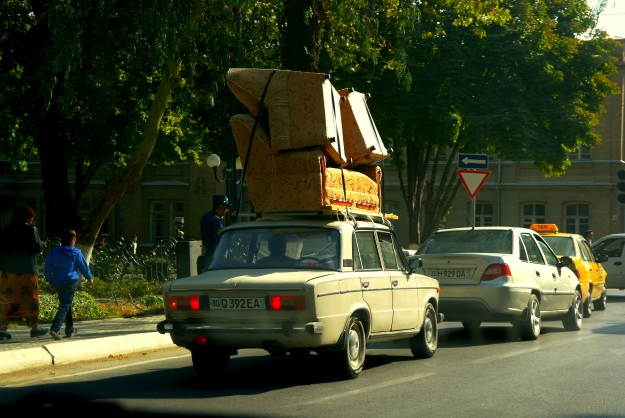
A Lada amidst Daewoos.

Modern day cementery near the ancient mausoleums of Shah-i-Zinda.
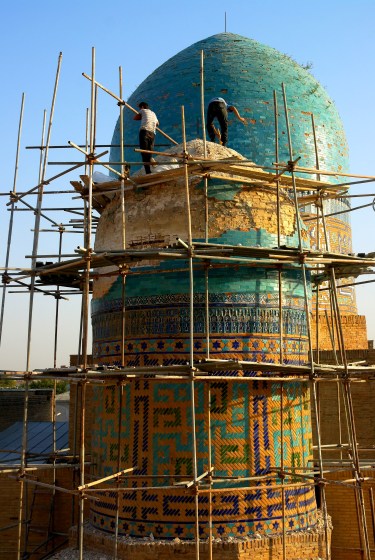
Restoration works at Shah-i-Zinda.
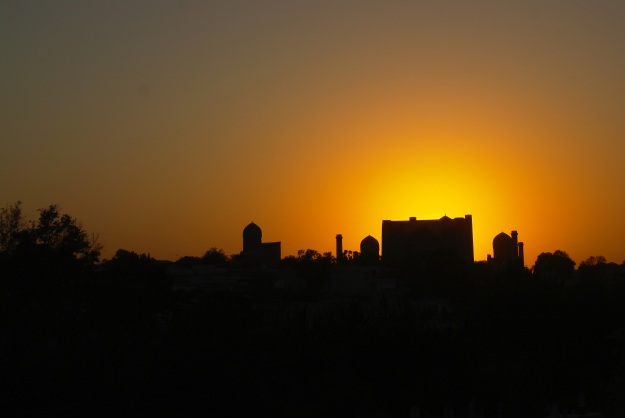
Sunset over Samarkand: the silhouettes of the Mausoleum of Bibi Khanym (Amir Timur’s wife) on the left, and Bibi Khanym Mosque on the right.
Photo taken from Shah-i-Zinda.
Not many words in this post. But I hope you have enjoyed reading.

